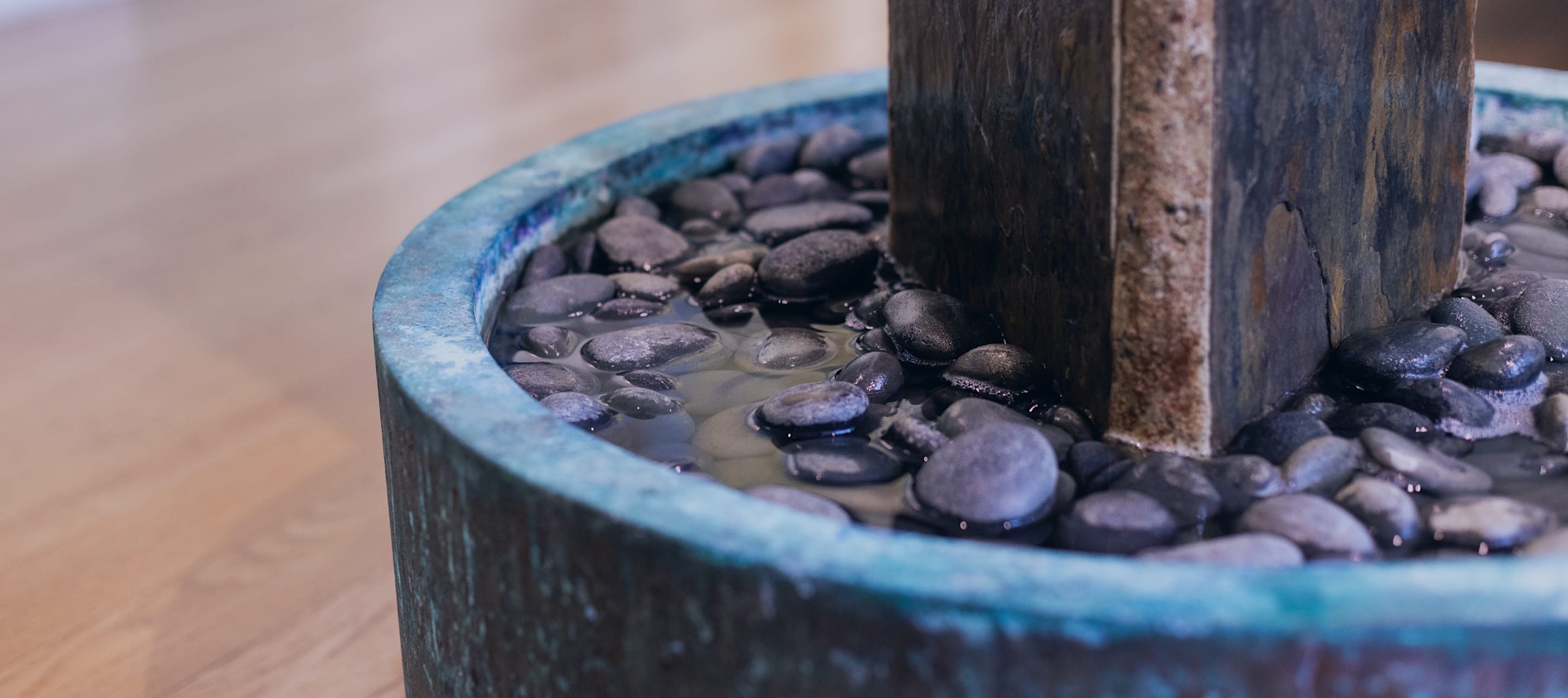Photodynamic therapy (PDT) is a combination of two proven treatments; a topical medication known as Levulan and pulses of light that penetrate the underlying layers of the dermis where they can have the greatest effect on the skin.
The Science Behind PDT
Photodynamic therapy in San Francisco takes light treatments to the next level by applying a topical light-sensitive solution to the skin before light treatment is delivered. The topical medication allows the light to target the precise concerns it is being used to treat better, whether the sebaceous glands contribute to acne breakouts or precancerous growths known as actinic keratosis.
At the same time, the light activates the medication, allowing it to work more efficiently to eliminate those concerns. Levulan is a topical medication containing aminolevulinic acid, a substance found in the body that serves a variety of functions at the cellular level. When it is activated by particular light devices, such as blue light, intense pulsed light, or laser light, it destroys abnormal cells.
These abnormal cells may be the culprits in precancerous lesions, sun damage, or inflammation. By eliminating these abnormal cells, the treatment can restore the health and radiance of the skin, turning back the clock and addressing various conditions.




